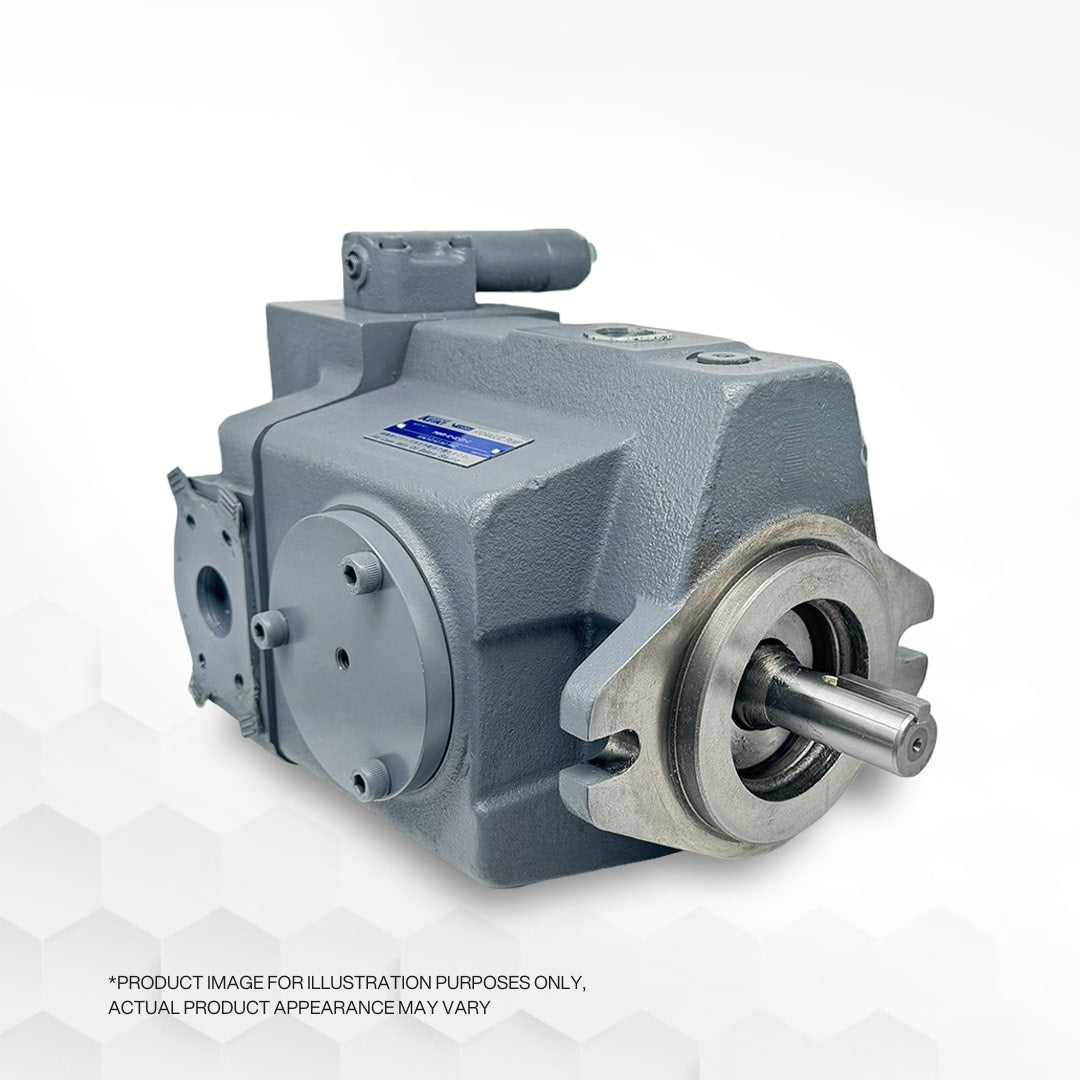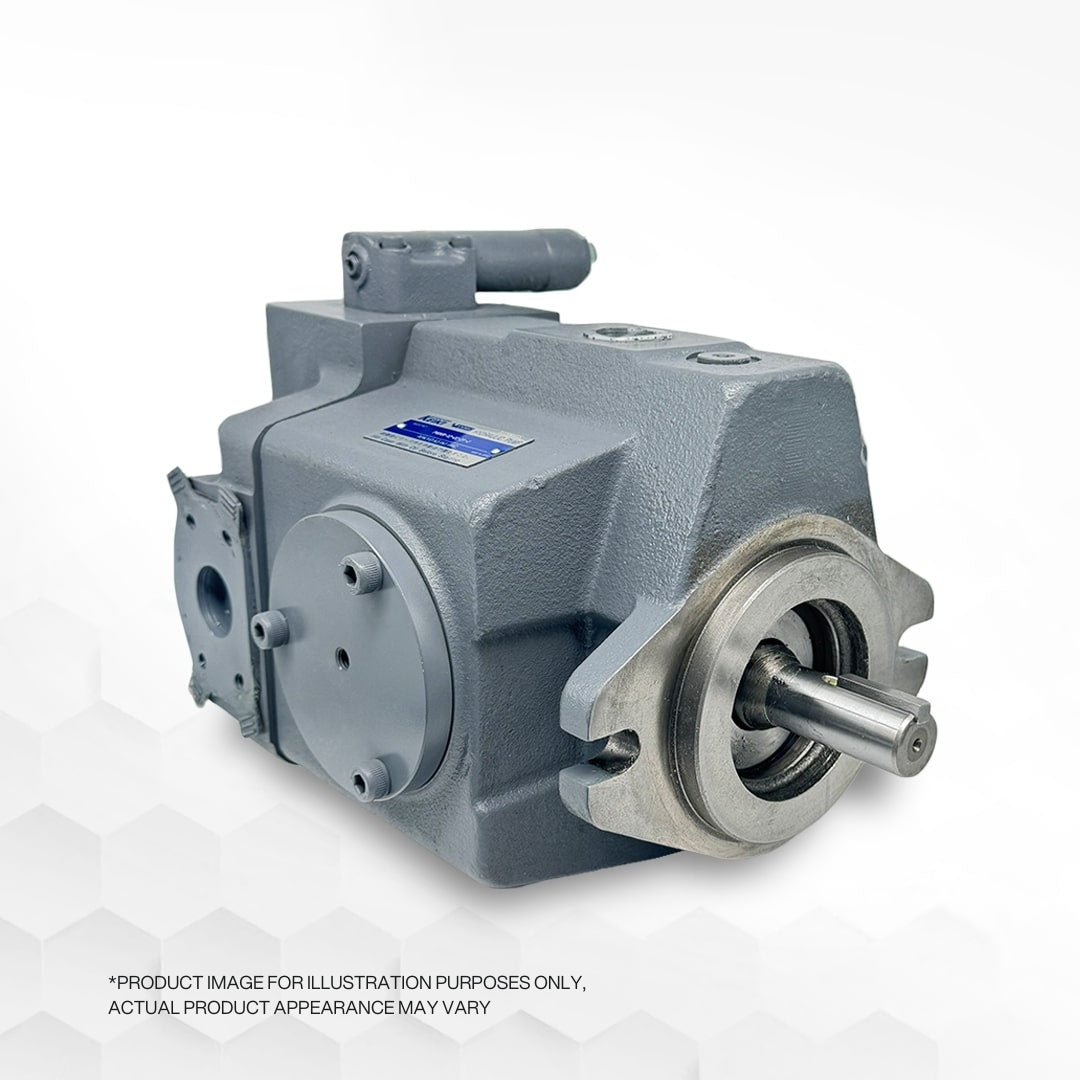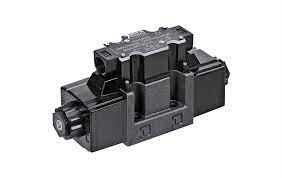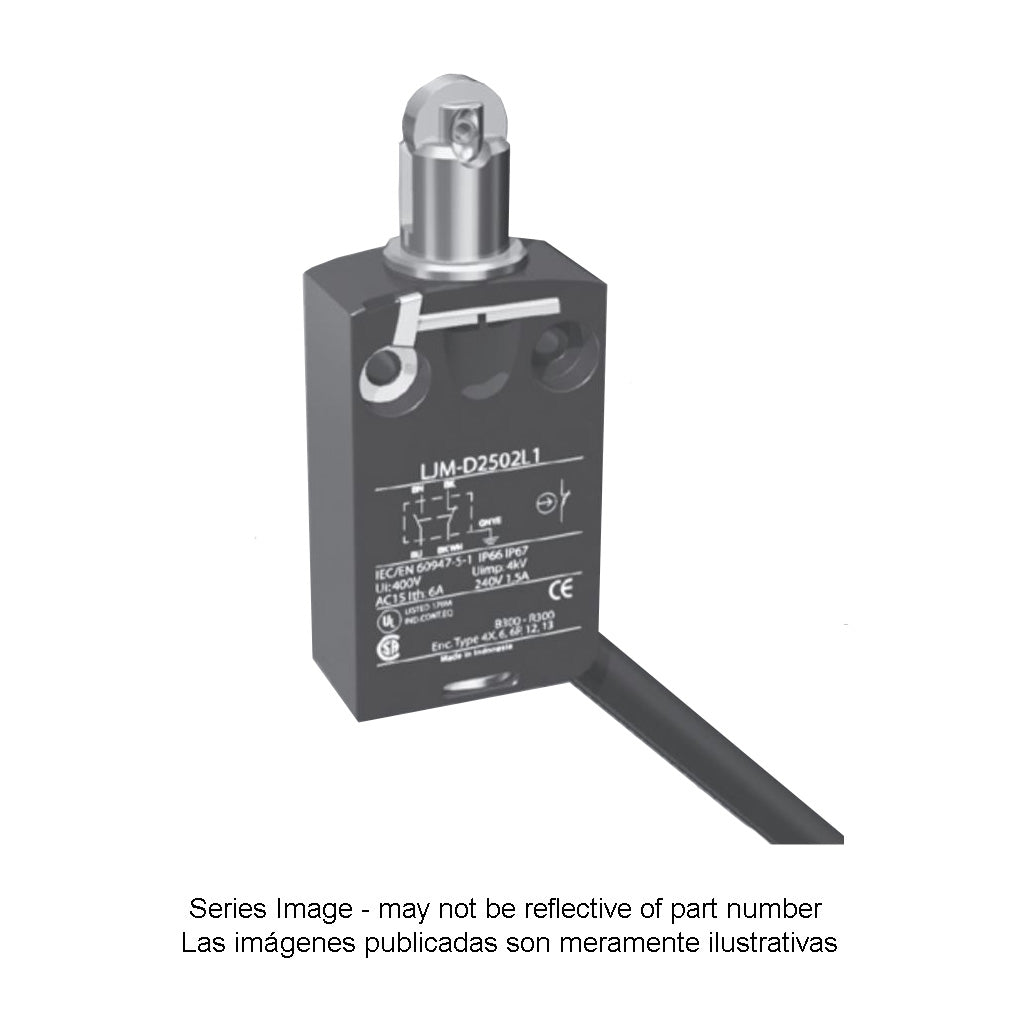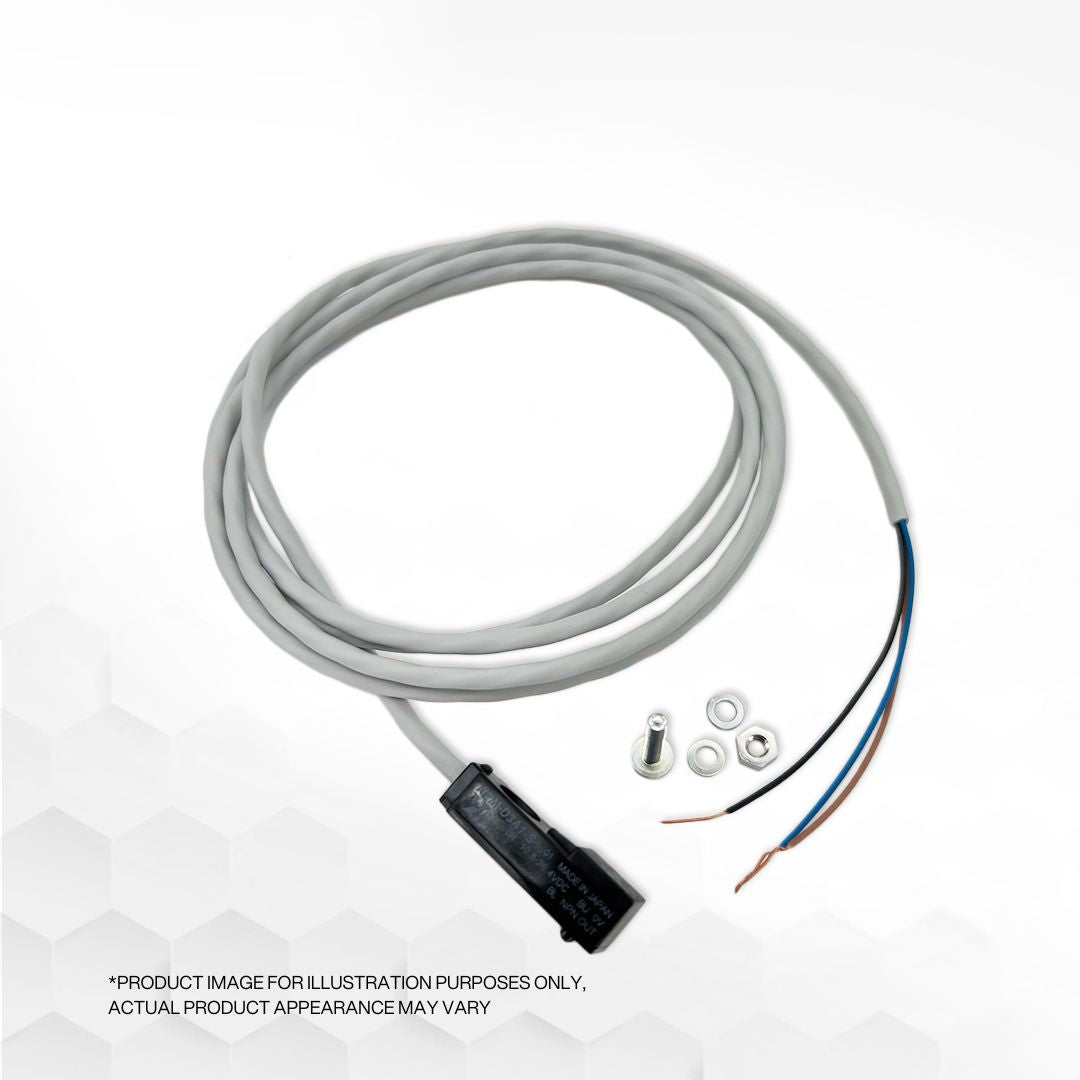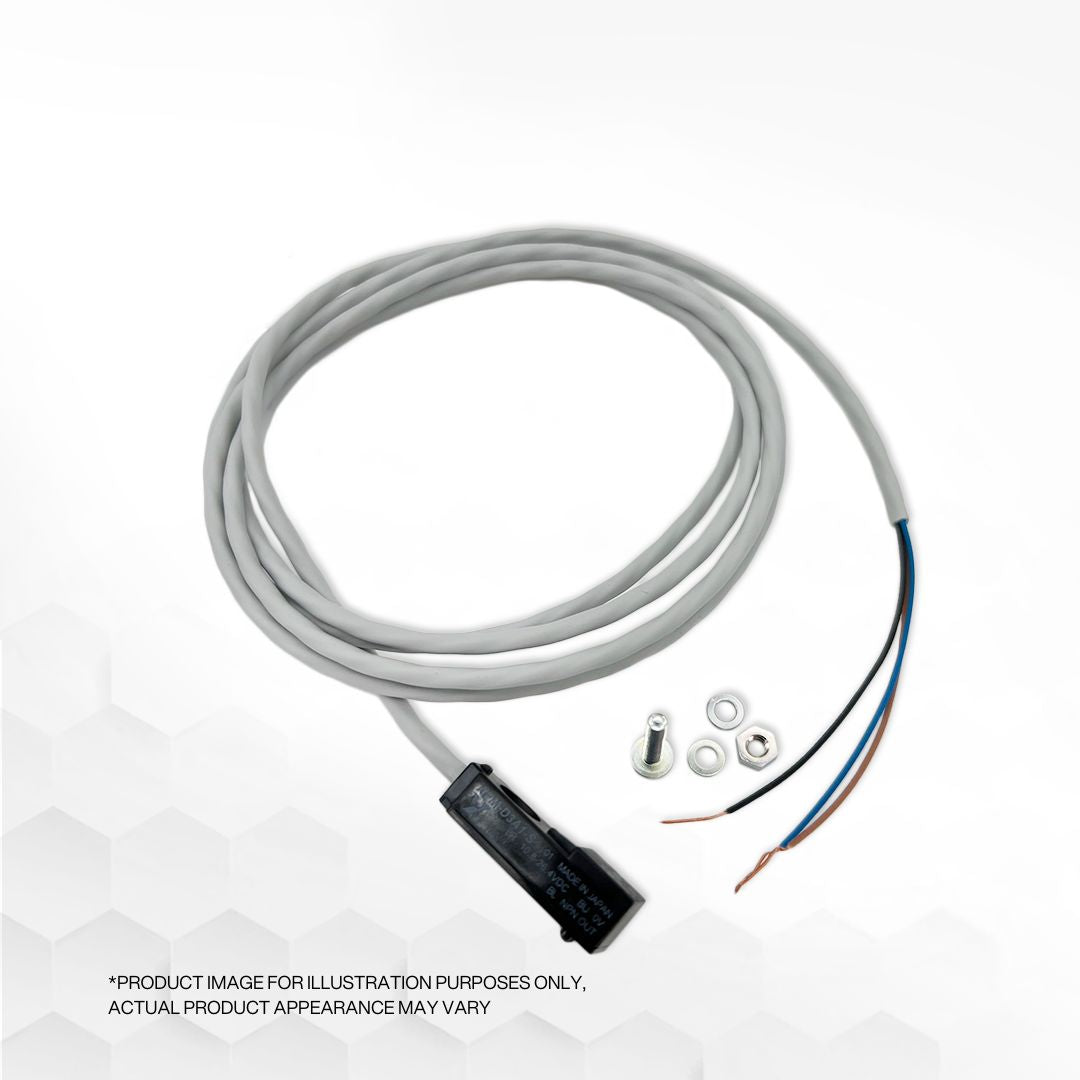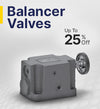
The 7 Harmful Preventive Maintenance
-
Insufficient Knowledge in Hydraulics: Possessing a comprehensive understanding of hydraulics is paramount when managing hydraulic equipment. Investing in training, whether through in-plant or in-classroom learning, reading materials, online courses, or other resources, is highly advantageous for both individuals and their companies. A thorough grasp of hydraulic components, circuits, systems, and operation leads to significant time and cost savings, as well as improved longevity and efficiency of hydraulic equipment.
-
Incorrect Choice of Hydraulic Fluid: The hydraulic fluid plays a critical role in hydraulic systems, serving as a lubricant and energy transfer medium. Proper viscosity is a key property of the fluid, significantly influencing machine performance and service life. It is vital to select hydraulic oil with viscosity suitable for the operating temperature range. Using oil with excessively high viscosity in cold climates or too low viscosity in hot conditions leads to inadequate lubrication, component damage, and increased power consumption. Relying solely on blanket recommendations from equipment manufacturers may not yield the optimal results. Instead, careful consideration of operational requirements is essential.
-
Operating Hydraulic Systems at High Temperatures: Understanding the impact of oil viscosity and viscosity index on hydraulic systems is crucial when dealing with high temperatures. Overheating the system can cause severe damage to hydraulic components, seals, hoses, and the oil itself. Proper monitoring is vital to ensure the oil's temperature remains within safe levels for adequate lubrication. Different hydraulic components have varying tolerance levels, and exceeding them can lead to failures. Implementing measures to control temperature and prevent overheating is critical for maintaining hydraulic equipment.
-
Incorrect Installation of Filters: Appropriate filter placement is essential for effective dust and particulate removal in hydraulic systems. Inadequate positioning, such as placing filters at pump inlets or drain lines, can lead to equipment damage rather than protection. Ensuring the oil adequately fills the pumping chambers during intake is more critical than protecting the pump from foreign debris. Properly designed reservoirs can mitigate risks associated with restricted intake, preventing damage to vane and piston pumps. Filters installed on drain lines require careful consideration to prevent catastrophic failures in high-value components.
-
Neglecting Proper Start-up Procedures: Hydraulic components can suffer significant damage if proper start-up procedures are not followed diligently. Some operators unknowingly run high-priced hydraulic equipment without sufficient oil in the crankcase, leading to premature failure and costly consequences. Adhering to manufacturer-recommended procedures is vital to prevent damage and ensure the longevity of hydraulic components. Awareness of what needs to be done and diligent implementation of proper start-up steps are crucial for optimal equipment performance.
-
Inappropriate Hydraulic Fluid Modifications: Changing hydraulic oil based solely on hours in service can be wasteful and costly due to varying rates of oil degradation and additive depletion. To avoid unnecessary expenses and maintain the service life of hydraulic components, oil analysis is essential. Whether through a fluid analysis service provider or in-house analysis with appropriate equipment and training, oil analysis helps determine the optimal time for oil changes and identifies potential system issues before they escalate.
-
Incorrect Timing of Hydraulic Filter Changes: Timing filter changes based on schedules can lead to inefficient utilization of filters and increased particle accumulation in the oil, adversely affecting the entire hydraulic system. Filters should be replaced when their dirt-holding capacity is fully utilized, but before the bypass valve opens. This requires monitoring pressure drop across the filter element and receiving alerts when replacement is necessary. Employing clogging indicators or continuous pressure drop monitoring ensures timely filter changes, contributing to improved system performance and reduced long-term costs.
By avoiding these common mistakes and implementing these professional recommendations, hydraulic equipment maintenance can be significantly enhanced. A solid understanding of hydraulics, appropriate choice of hydraulic fluid, temperature control, correct filter installation, proper start-up procedures, informed hydraulic fluid modifications, and timely filter changes are essential for optimizing hydraulic system performance, longevity, and cost-effectiveness.
